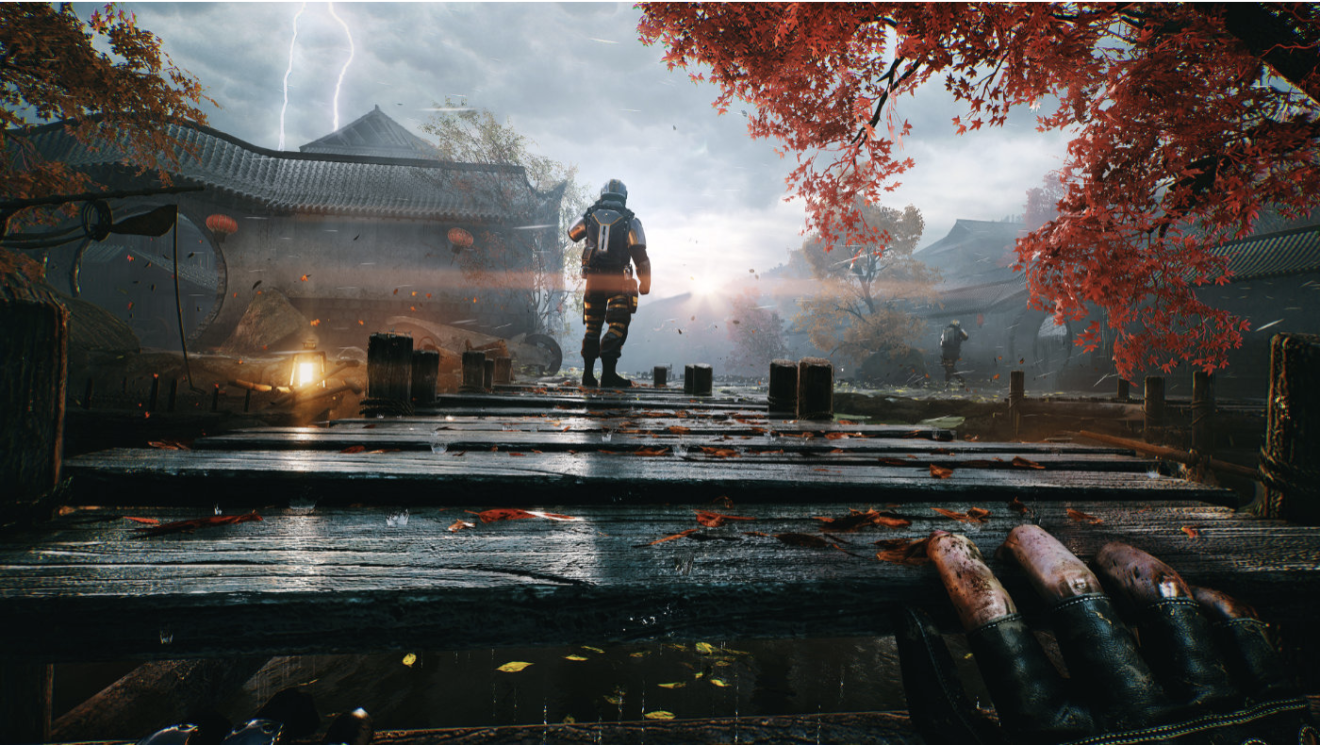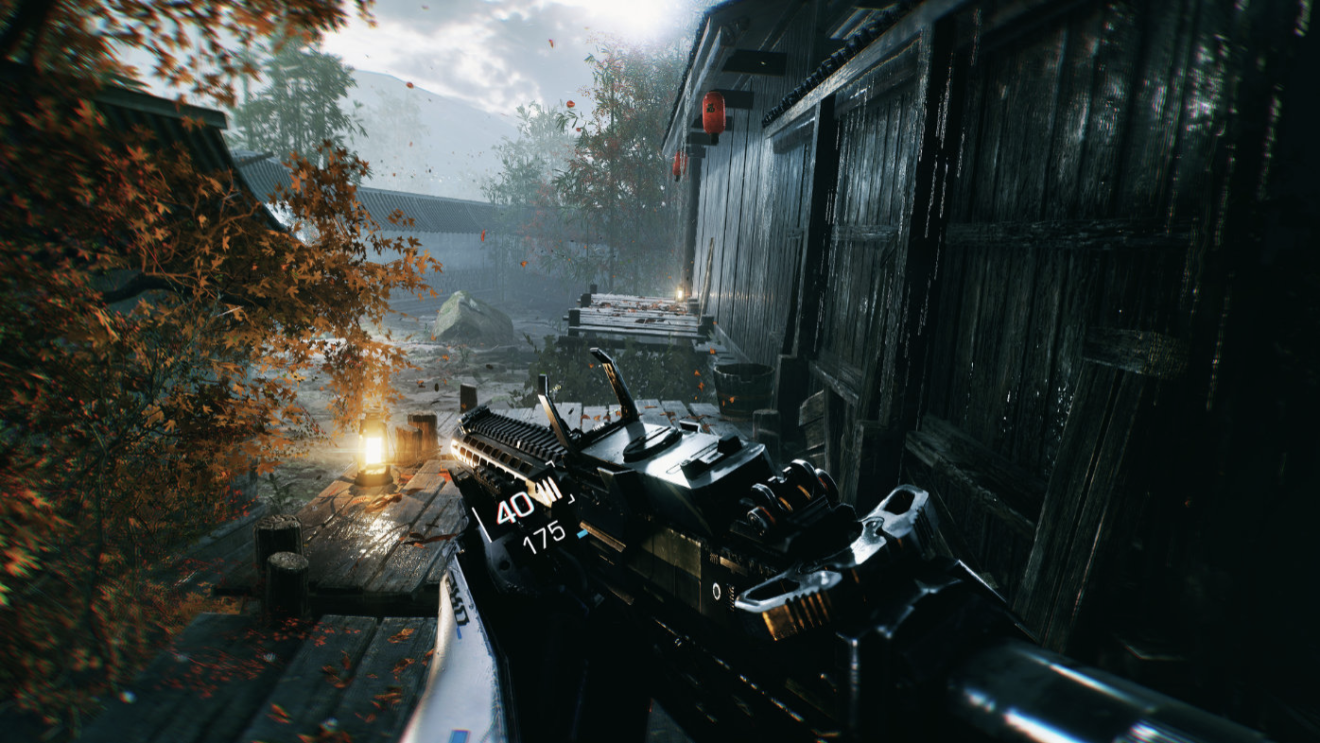
How one man built Xbox Series X standout Bright Memory: Infinite
Solo developer Zeng Xiancheng from China’s FYQD Studio tells us he spends 27 days a month working on his game
Bright Memory: Infinite isn’t a blockbuster yet. The game hasn’t even been completed. But Microsoft already has high hopes.
Yet what impressed people the most was that Bright Memory is said to be the work of just one person.
The man behind that project is Zeng Xiancheng, the founder of FYQD Studio and its only full-time developer. Over the past year, the 23-year-old high school dropout has been building virtual cities and time-traveling warriors out of his own apartment in Liuzhou, a small city in southwestern China. These days, he spends most of his time holed up in his room trying to power through the completion of Bright Memory: Infinite.
“With less than a year to go before the deadline, unless there are matters that require me to go out, I spend around 27 days a month at home developing the game,” he told us on WeChat.
But more often than not, games made by solo developers don’t achieve the level of sophistication of AAA games, an industry moniker for big-budget projects akin to Hollywood productions in the film industry, according to Daniel Ahmad, an analyst with gaming research firm Niko Partners.
“AAA video games today are worked on by hundreds of people with multiple studios and departments collaborating to create the final product,” Ahmad said. “It’s rare to see a game by a solo developer that has the same graphical fidelity and polish seen in a AAA title. It’s extremely telling that many thought [Bright Memory] was developed by a larger studio before finding out it was a one-man team.”

Bright Memory: Infinite is expected to complete development by the end of this year. (Picture: FYQD Studio)
Still, for those like Zeng who are determined to go the DIY route, there are readily available tools to play with. Bright Memory, he said, is made with Unreal Engine 4.
Created by Epic Games, Unreal Engine is one of the industry’s most widely adopted development platforms, used by both major studios and indie developers to make games with pre-built effects, whether it’s simulating the texture of wavy blonde hair or the appearance of misty sunlight in an empty canyon. Anyone with good ideas can realize their vision as long as they have the determination to follow through, said Reinout te Brake, an independent game consultant.
“These days the game engines are doing a fair amount of work,” he said. “In the video of Bright Memory: Infinite, we see a limited number of characters with basic animations. We also see one level that is reusing many assets [from Unreal Engine], for example some cars and effects.”
“I have seen several gaming projects with one or two people of similar quality. [But] they mostly never released because they lost focus after a certain amount of time for different reasons.”
Tools like Unreal Engine are helpful for people like Zeng, who considers himself an artistic person “with no interest in coding.” Zeng said around 80% of natural sceneries seen in the Bright Memory: Infinite teaser video were made by Quixel Megascans and obtained via Unreal Engine.

Other software such as Character Creator 3 and LIVE Face allow Zeng to fashion a new character model in just minutes, complete with skeleton and skin, as well as animated facial expressions. Clothing is added by outsourced service providers. Models of weapons can be found on the Unreal Marketplace, the Unreal Engine’s associated online store for game assets. They can then be tweaked according to Zeng’s taste.
But Zeng’s sourcing of game assets came under scrutiny in January last year when he released Bright Memory: Episode 1 on Steam. As positive reviews came pouring in, so did questions about the art used in the game.
“The publisher [Japan’s Playism] has offered to help make the game trailer, but I prefer controlling every detail of the game, so I declined their offer,” Zeng told us. He said last year that he wanted to hire a team to help him, but since Playism is now handling marketing for him and outside communication has been reduced during the coronavirus pandemic, he’s still pretty much on his own for now.
Yet visuals are only half of the equation. Zeng said the more challenging part is sound.

Those are flourishes that gamers will pay attention to when Bright Memory: Infinite finally comes out. In the end, though, the game will likely be judged for its gameplay more than anything else.
“What people often neglect is that the playing experience is based largely on the design of the levels, the layout of the plot and the ambience created by artistic lighting,” Zeng said. “That’s why even if you have a whole lot of raw materials in front of you, you’ll still need to spend most of your time designing maps and constructing lighting.”
Experts agree that success depends on the overall execution -- something that takes a combination of talent, persistence and luck.
“It is not uncommon for smaller developers to use premade assets in games,” Ahmad said. “What’s impressive is being able to incorporate them into a polished gameplay environment.”
“I have seen many fantastic games done in or by the Unreal Engine by a single-person team, but these indie game developers barely get attention or even get to a ‘presentable point,’” said te Brake. “I am impressed that Zeng Xiancheng had enough passion to come to this point. He did a fantastic job, though many top coders with a good sense of aesthetics and great art assets can achieve similar.”
Zeng said he’s busy trying to complete the game by the end of this year. While life hasn’t always come at such a fast pace for him -- he started his career as a level designer at a game company because “it was an easy job” -- he said he’s happy where he is now.
“When I finished vocational school at 18, I didn’t want to look for a job in a big city at all. I thought that if I’ve already chosen to make an independent game, I might as well try to get it done at home rather than following the emotion and orders of managers. That’s why as soon as Bright Memory: Episode 1 sold 20,000 copies on the second day, I knew I could quit my job.”
“Even though I’ve signed [with] a publisher now and you can’t be too lazy when you’re partnering with Microsoft, on the whole, what I’m doing now is something that I love very much.”

